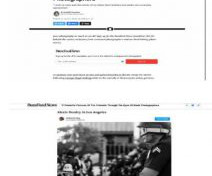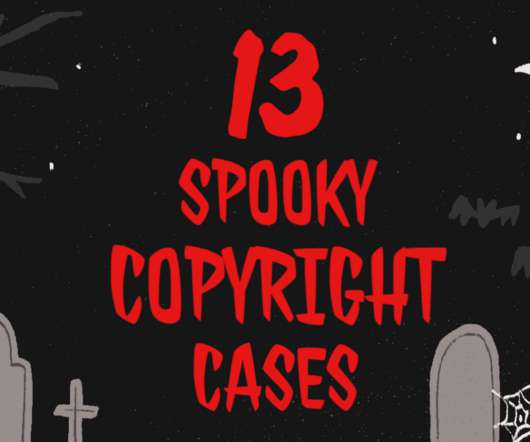Ninth Circuit Reaffirms the “Server Test” for Direct Infringement of the Public Display Right — Hunley v. Instagram, LLC (Guest Blog Post)
Technology & Marketing Law Blog
AUGUST 1, 2023
By Guest Blogger Tyler Ochoa Recently, the Ninth Circuit reaffirmed what has become known as the “server test”: in order to be held directly liable for violating the public display right, the alleged infringer must have a fixed “copy” of the work stored on a server in its possession or control. July 17, 2023).












Let's personalize your content